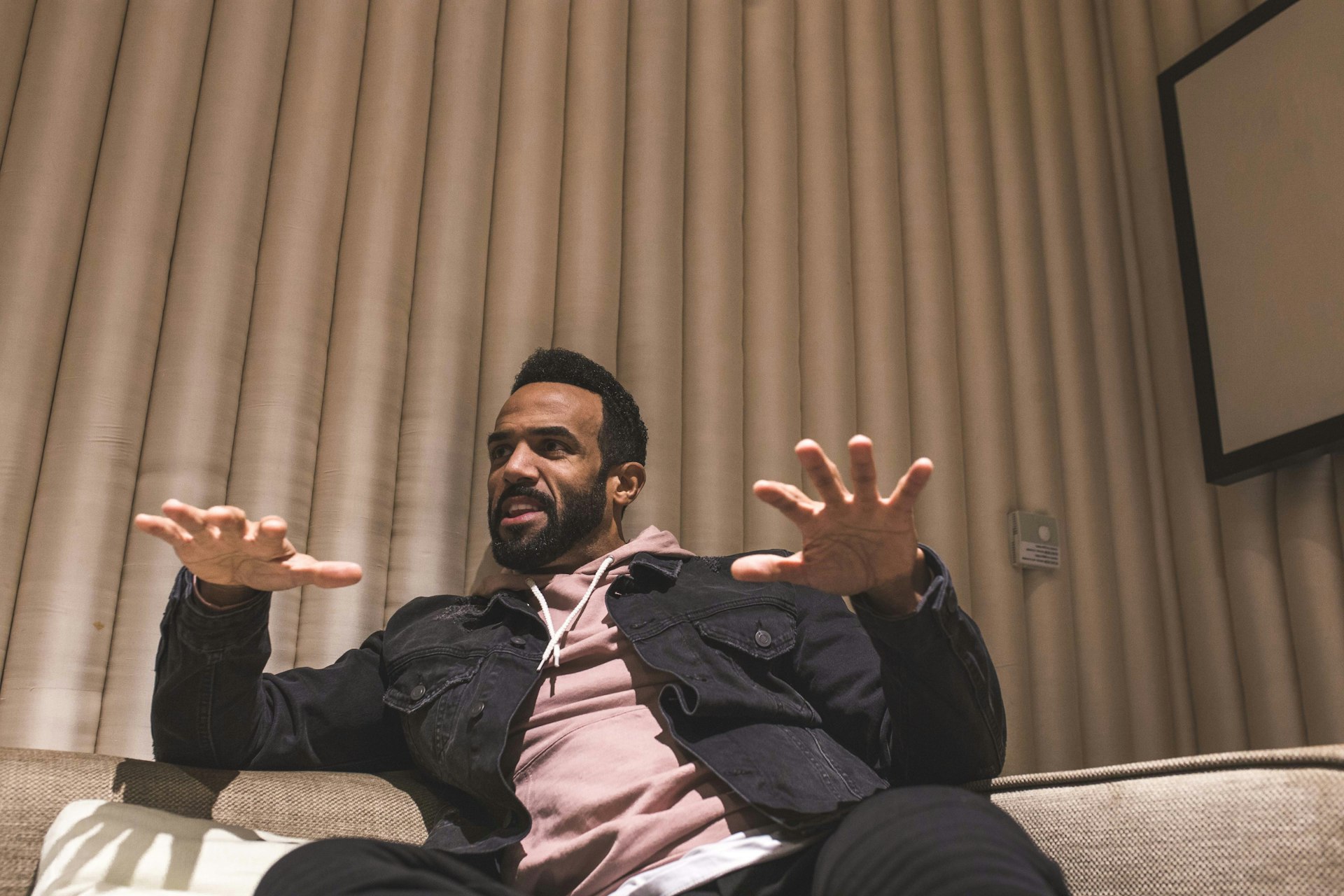
These photos capture what happens after war
- Text by Niall Flynn
For Sara Terry, there’s always been more to war than just bloodshed.
In a career that has taken her from photographing the streets of post-war Bosnia to presenting a TEDx Talk in Houston, Texas, Terry has devoted herself to sharing and encouraging narratives that address the other half of conflict: stories of rebuilding lives, restoring societies, confronting the true cost of war and discussing new avenues for peace. It is after the destruction, Terry reasons, that we begin to find our humanity again.
In 2003, the US photographer and filmmaker founded The Aftermath Project, a programme dedicated to supporting post-conflict storytelling. Holding an annual grant programme for photographers working in the genre, the initiative seeks to broaden global understanding of what happens in war zones once the fighting has stopped.
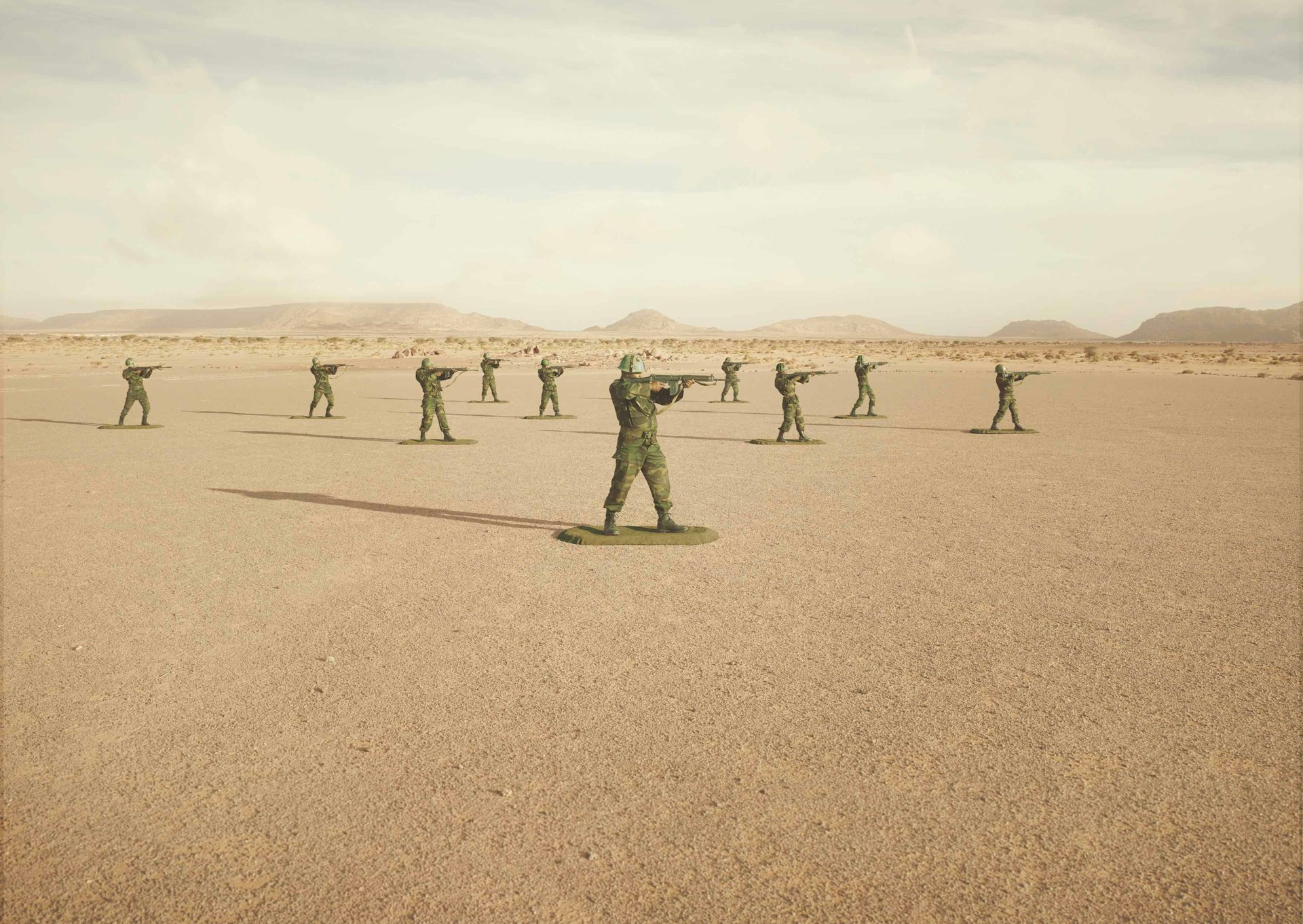
‘Toy Soldiers’ © Simon Brann Thorpe, from ‘War Is Only Half The Story’, The Aftermath Project & Dewi Lewis Publishing
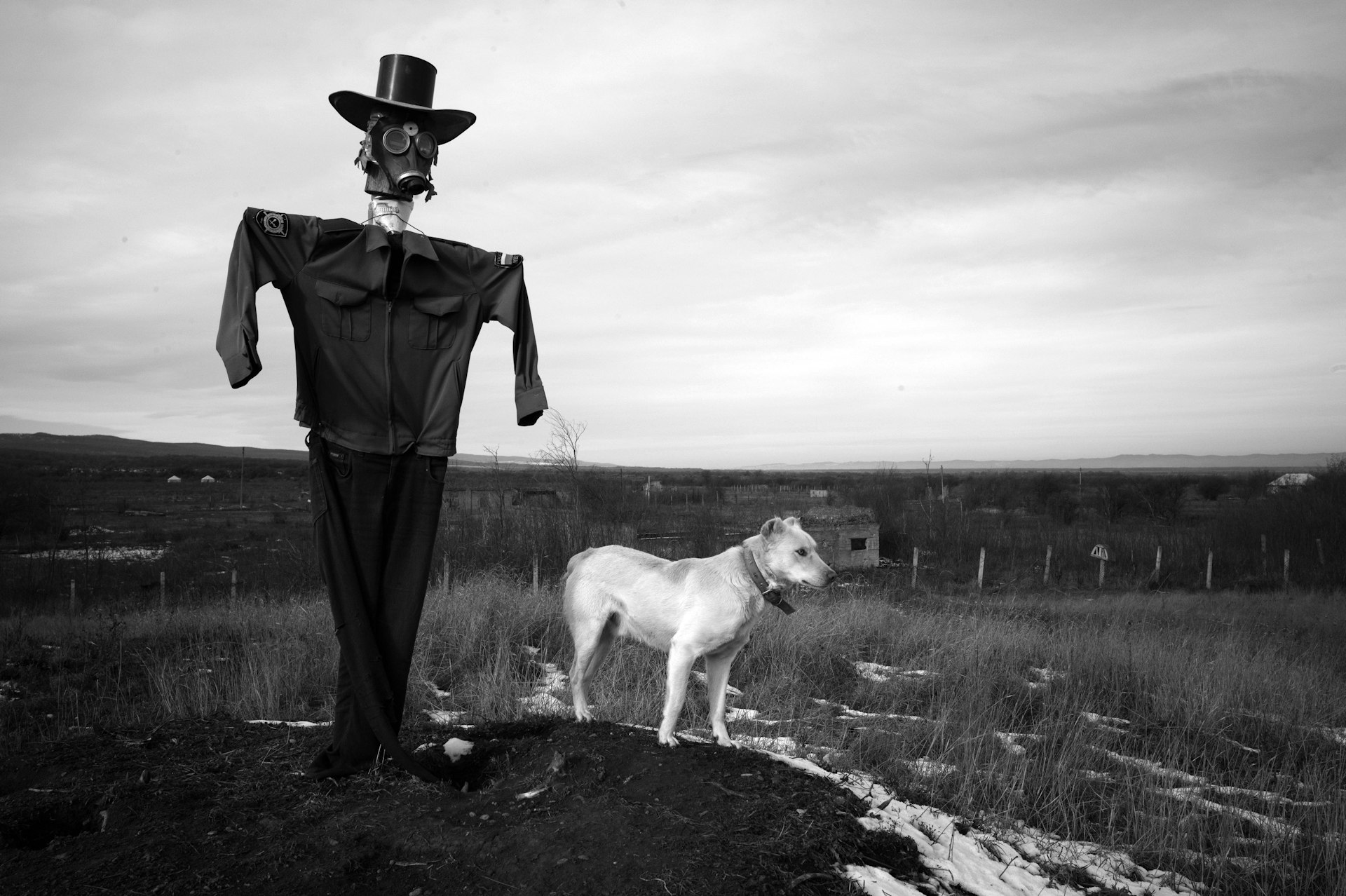
‘Hidden Scars ’, Chechnya, 2014 © Stanley Greene, from ‘War Is Only Half The Story’, The Aftermath Project & Dewi Lewis Publishing
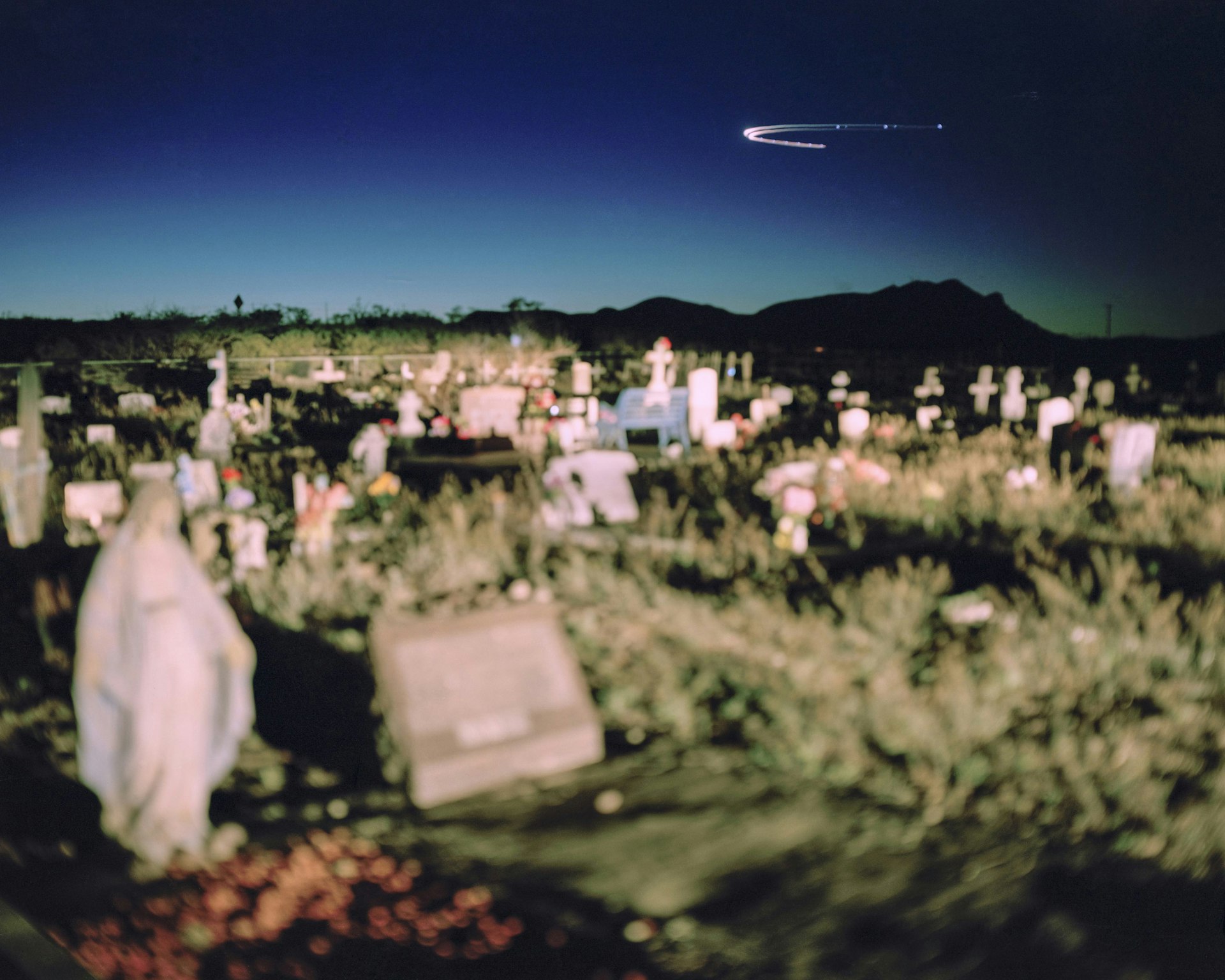
‘Acknowledgement of Danger’, New Mexico, 2016 © Nina Berman, from ‘War Is Only Half The Story’, The Aftermath Project & Dewi Lewis Publishing
Now, to celebrate 10 years of the grant competition, The Aftermath Project has announced War Is Only Half The Story, a retrospective that collates and celebrates the work of over 50 photographers – from 15 different countries – that have been winners and finalists since the grant competition started in 2008. Entangling in-depth reportage with affecting conceptual projects, the book operates a multifaceted exploration of war – and what follows after.
“There’s so much more to the story of conflict than the killing and destruction,” explains Terry. “I began [my] work in Bosnia during a time when the international community was moving on. I found that really frustrating: the idea that people should be ‘over’ a war like Bosnia, that after a couple of years everything should be fine. I felt it was really important to tell that other part of the story.”
Featuring work from Nina Berman, Andrea Bruce, Andrew Lichtenstein, Jim Goldberg and Jessica Hines, to name just a few, War Is Only Half The Story encompasses an entire spectrum of approaches and visual mediums. Edited by Terry and Teun van der Heijden (with whom she credits its design and “pacing”), the book constructs itself around two poems from Nobel Laureate Wislawa Szymborska.
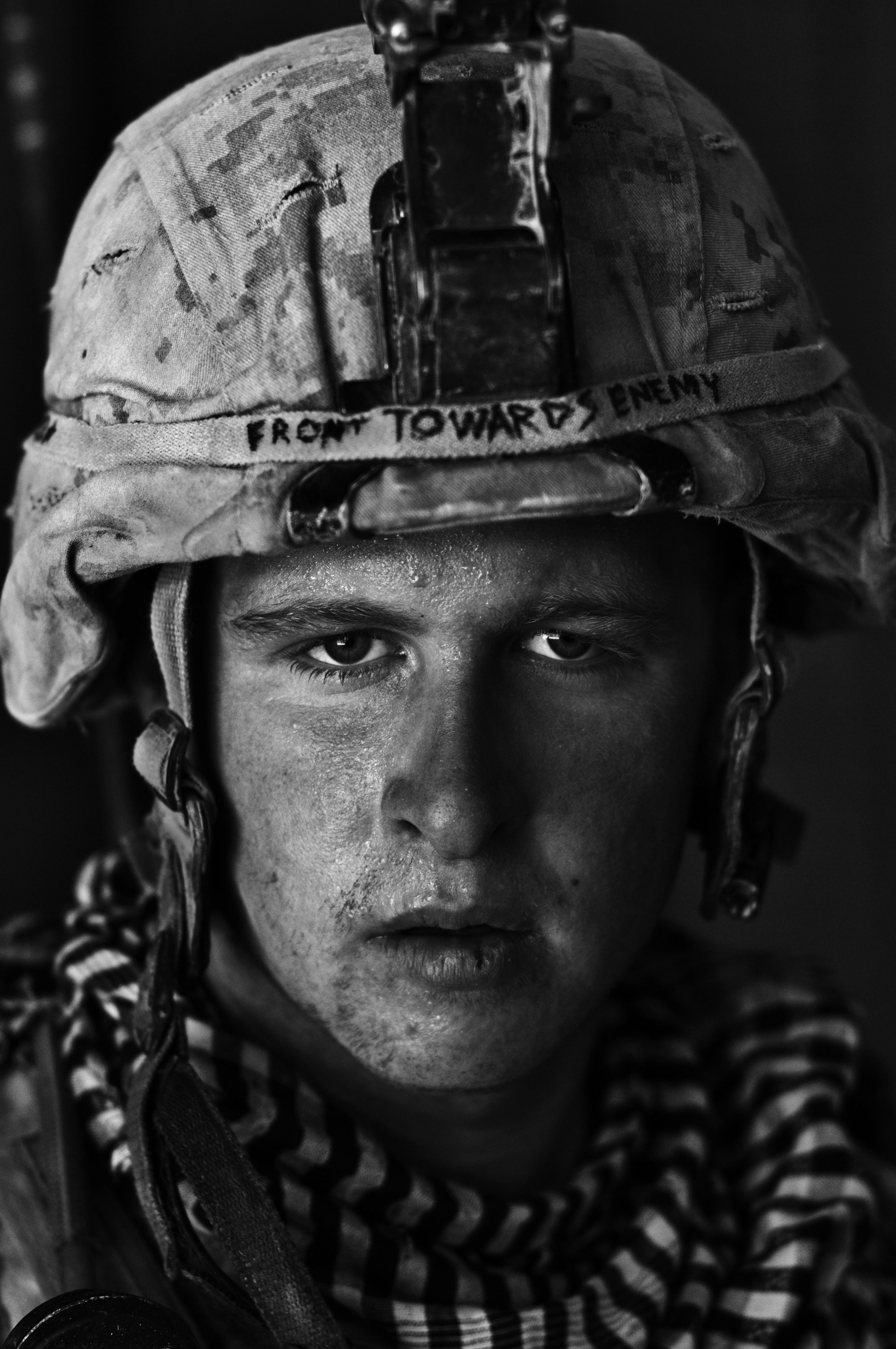
‘Home Front‘ © Louie Palu, from ‘War Is Only Half The Story’, The Aftermath Project & Dewi Lewis Publishing
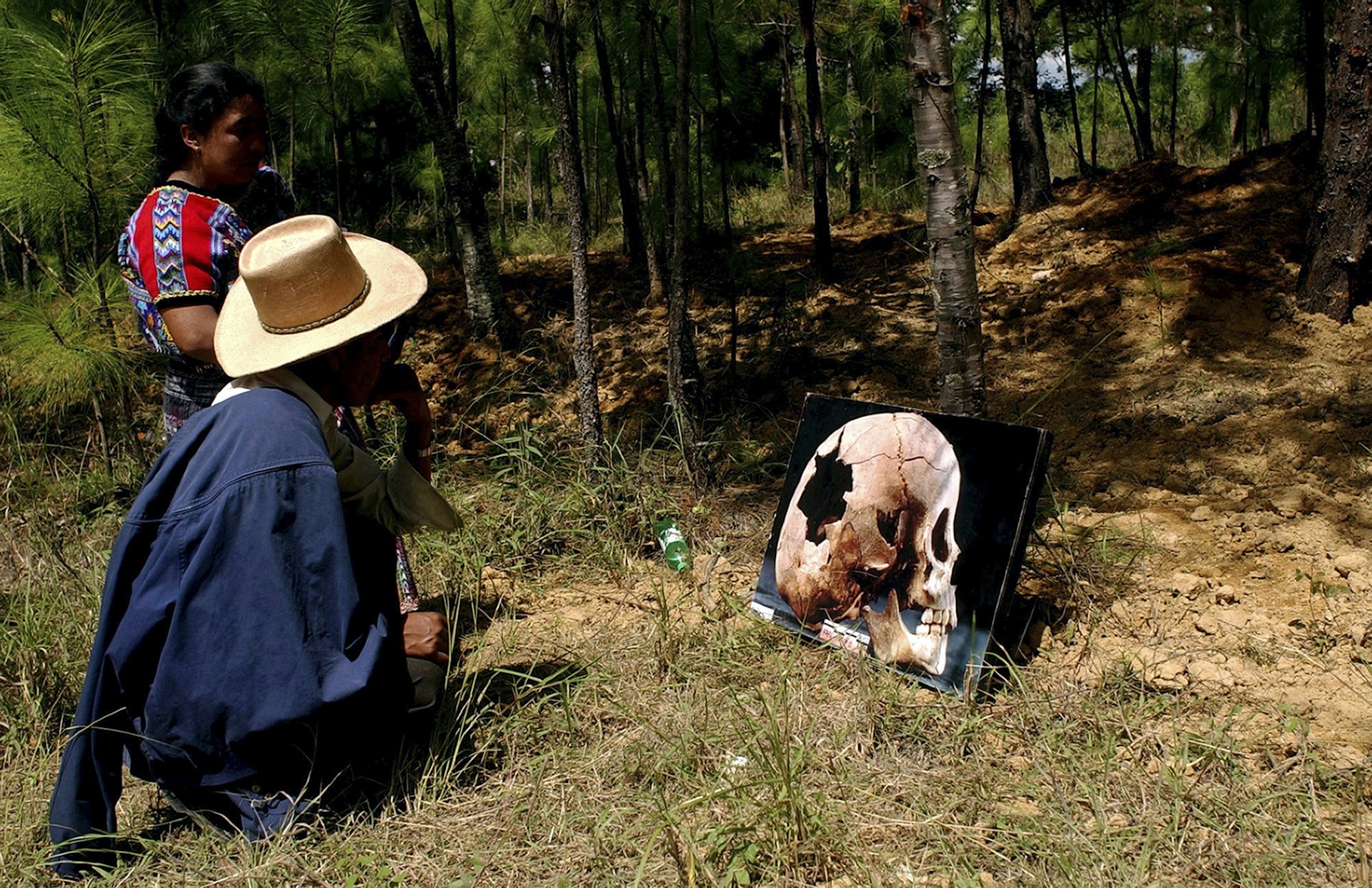
‘Reclaiming the dead: Mass graves in Guatemala, a story only partially told’, Comolapa, 2004 © Rodrigo Abd, from ‘War Is Only Half The Story’, The Aftermath Project & Dewi Lewis Publishing
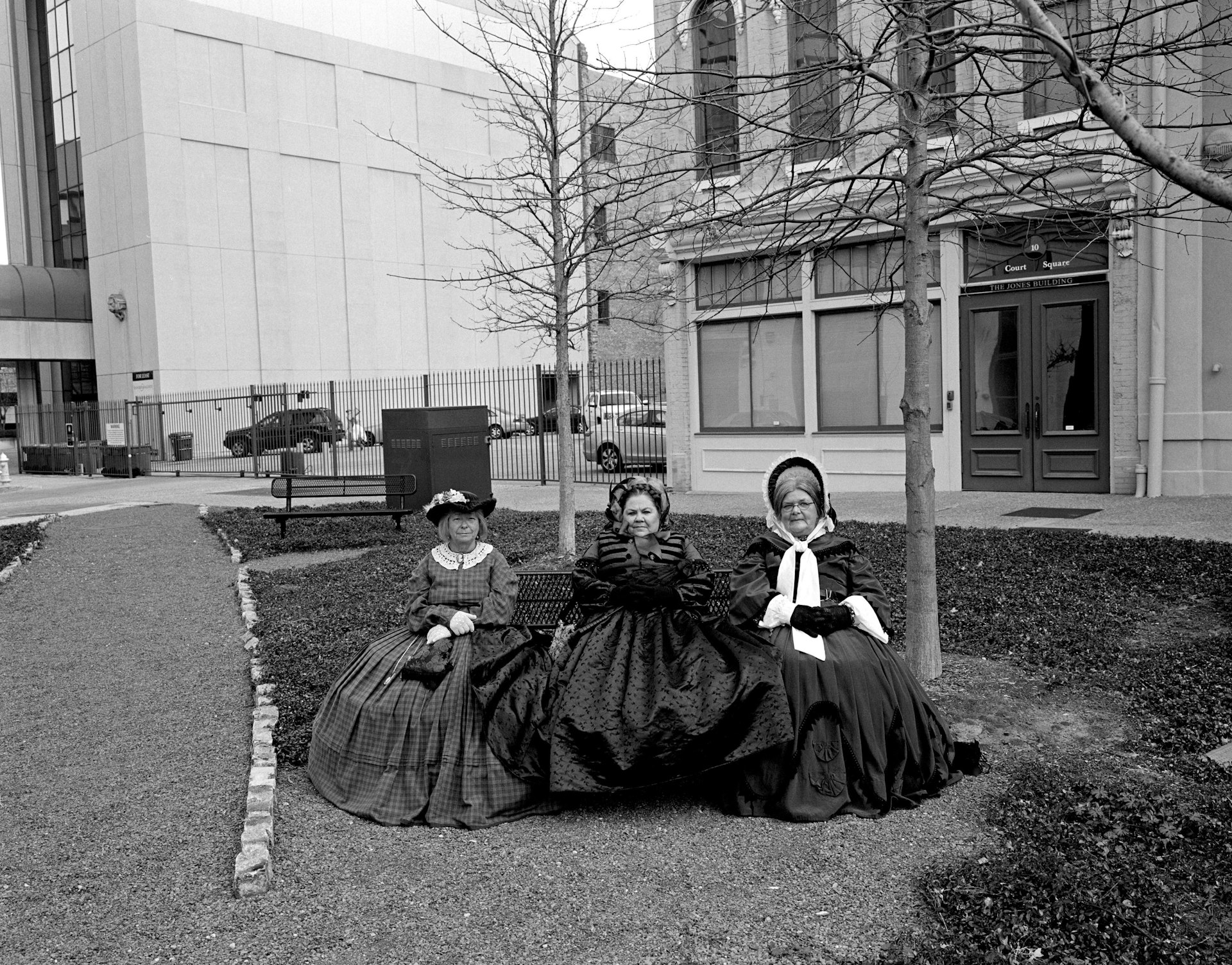
‘American Memory’, Montgomery, Alabama, 2011 © Andrew Lichtenstein, from ‘War Is Only Half The Story’, The Aftermath Project & Dewi Lewis Publishing
While Terry notes that there’s still much to be done in terms of ensuring that global interest in war doesn’t reach an expiry date once the fighting has finished, the 10-year celebration is indicative of the changing tide. When she first started working in post-conflict photography she explains that people would ask her what she meant by the “aftermath” of war, a response she’s pleased to admit feels unfathomable now.
“Sometimes, photographers will come up to me and say, ‘hi, I’m an aftermath photographer.’ That’s what I hoped for, all those years ago.”
“Together, we’ve created this pretty amazing legacy of work that’s heartfelt and characterises that landscape. The grant programme and the amazing photographers that we recognise have most certainly delineated the outlines for a very robust conversation about the fact that war is only half the story.”
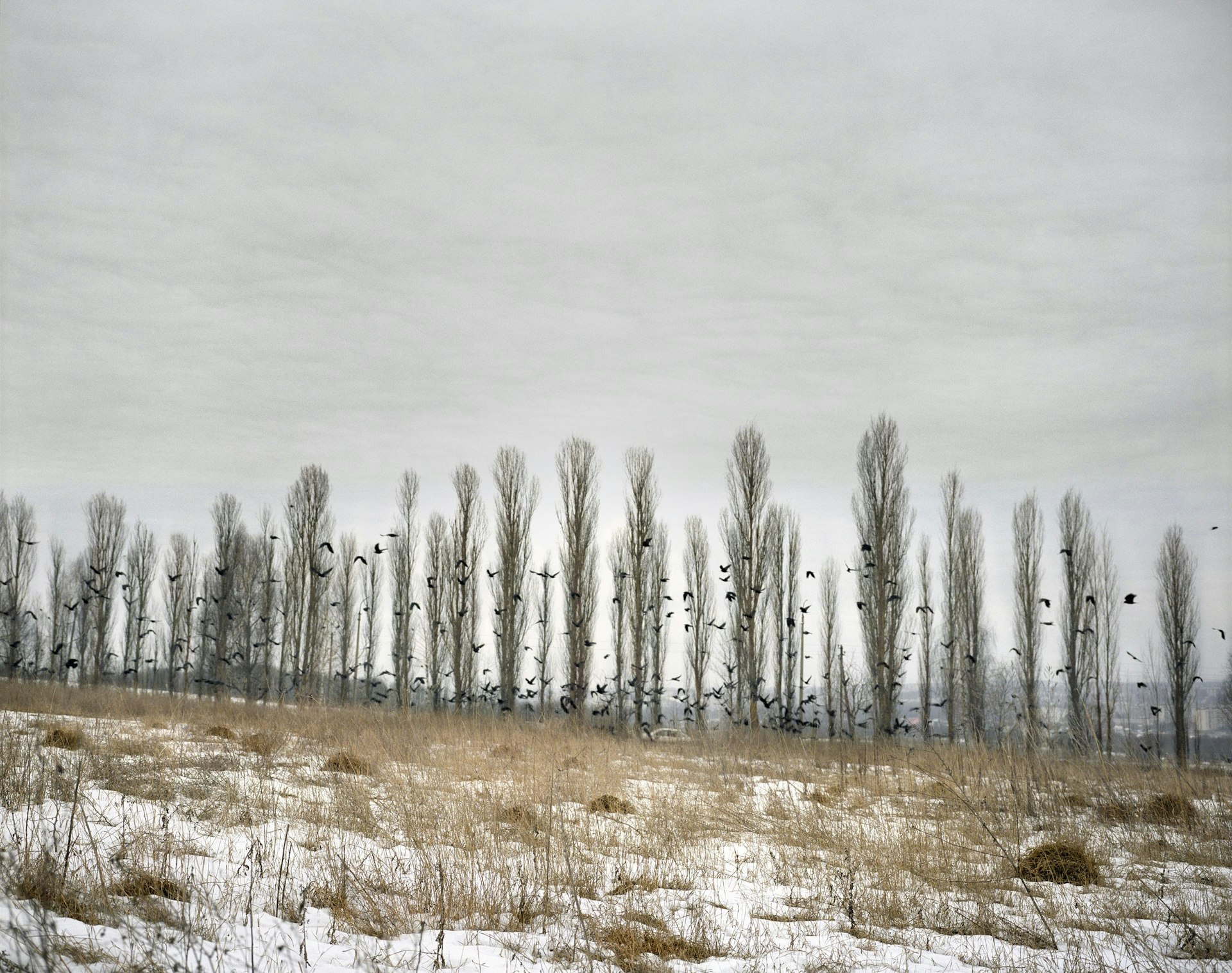
‘Open See’, Ukraine, 2007 © Jim Goldberg, from ‘War Is Only Half The Story’, The Aftermath Project & Dewi Lewis Publishing
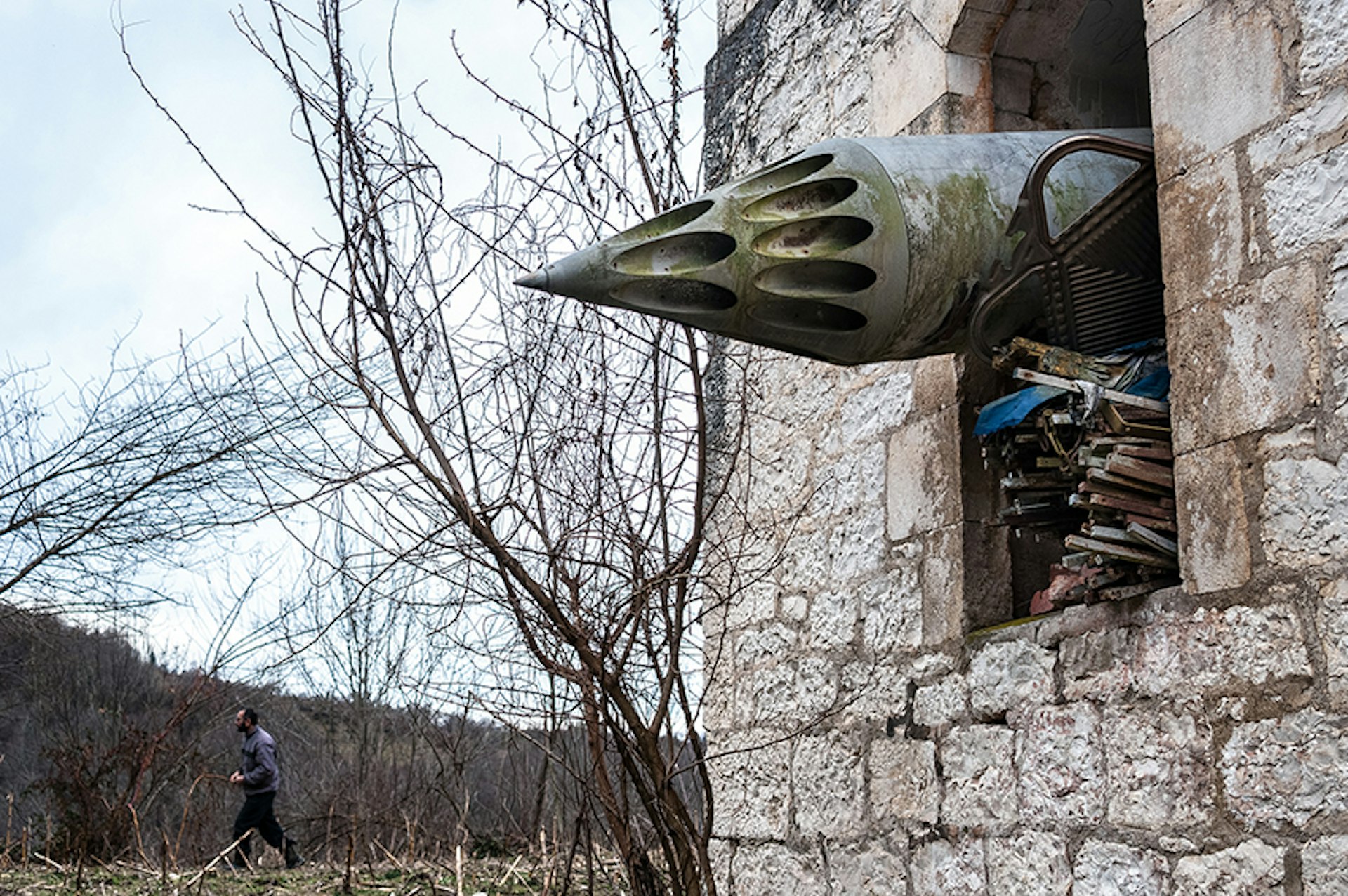
‘Scars of independence’, Anukhva, Abkhazia, 2013 © Olga Ingurazova, from ‘War Is Only Half The Story’, The Aftermath Project & Dewi Lewis Publishing
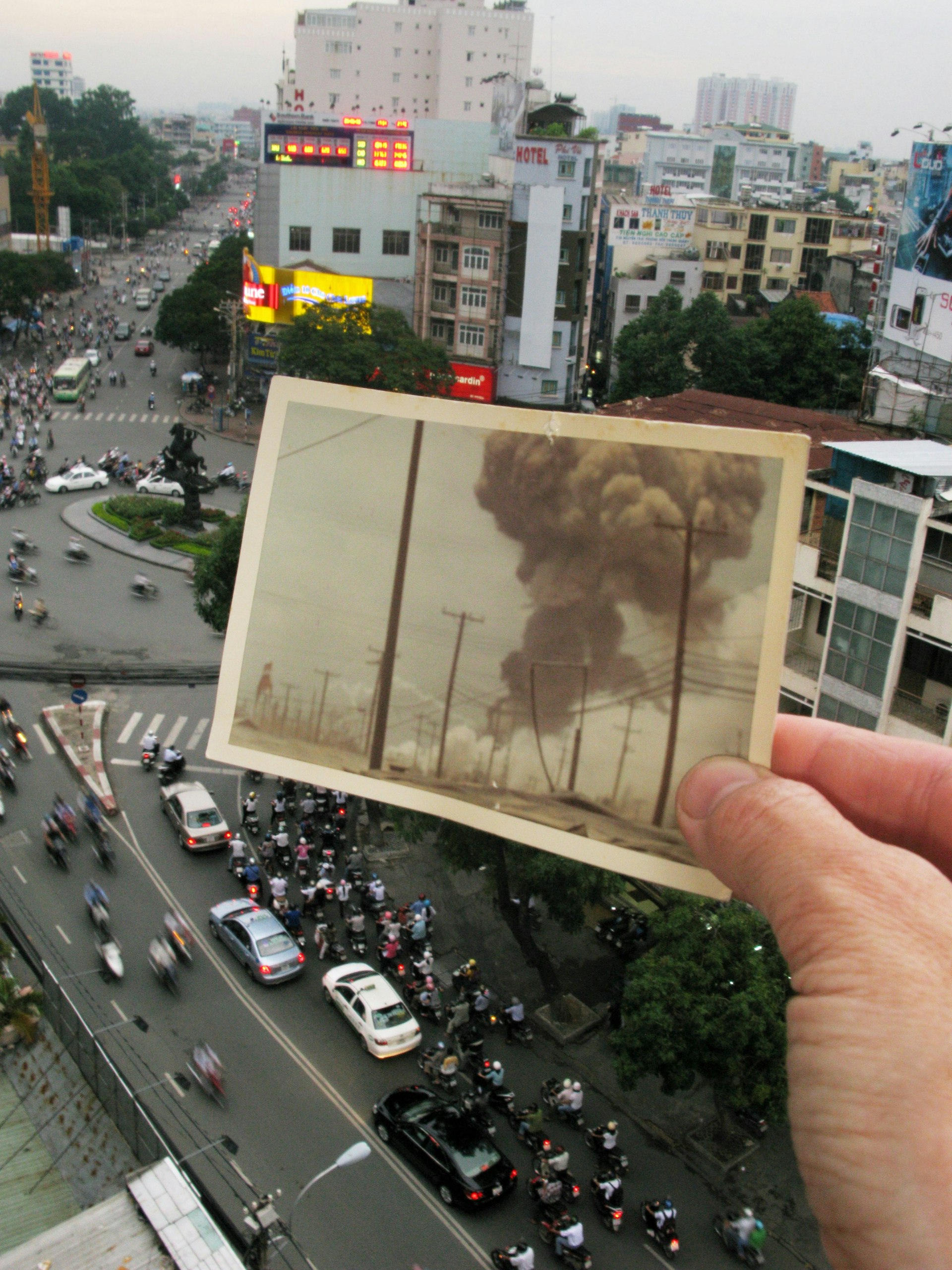
‘My brother’s war’ © Jessica Hines, from ‘War Is Only Half The Story’, The Aftermath Project & Dewi Lewis Publishing
War Is Only The Half The Story is available now from Dewi Lewis Publishing.
Enjoyed this article? Like Huck on Facebook or follow us on Twitter.
